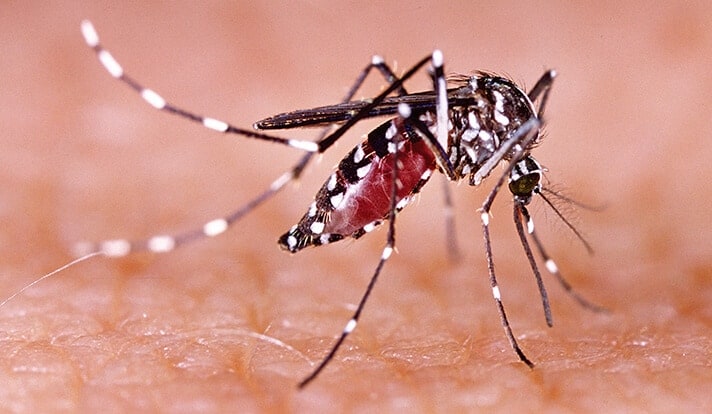The Zika virus reduces the size of testes in infected mice up to 21 days after infection, according to a new Yale study. The persistence of the virus in the male reproductive organ can lead to sexual transmission and may impair male fertility, the researchers said.
The study was published on Feb. 22 by Science Advances.
In humans, Zika virus can remain in semen months after infection. However, before the current study, it was not clear how the virus affected the testes, which produce testosterone and sperm.
To examine the issue, a team of Yale researchers led by Dr. Erol Fikrig, the Waldemar Von Zedtwitz Professor of Medicine, studied mice models infected with a non-lethal strain of the Zika virus. The mice used in this study were genetically modified so the researchers could observe viral replication over an extended period of time.
The researchers found that the virus continued to replicate in testicular cells even after it was cleared from the blood. They also discovered that 21 days after infection, the testes of infected mice were significantly smaller than those of control mice.
“This study shows how the Zika virus replicates in and damages testes,” said first author Ryuta Uraki. The persistence of the virus in a storage compartment known as the epididymis, which conveys sperm from the testicle to the urethra, is consistent with the reported cases of male-to-female sexual transmission, he explained.
The finding of reduced testicular size — known as testicular atrophy — indicates a potential long-term effect on male fertility. “These results suggest that infection can cause reproductive deficiency in males,” Uraki noted.
The study results, which extend recent findings by other researchers, underscore the critical need for the development of a vaccine, as well as antiviral therapies, to combat Zika infection, the authors stated.
Other Yale study authors include Jesse Hwang, Kellie Ann Jurado, Sarah Householder, Laura J. Yockey, Andrew K. Hastings, Robert J. Homer, and Akiko Iwasaki.
The study was supported by National Institutes of Health grants and the Howard Hughes Medical Institute.


